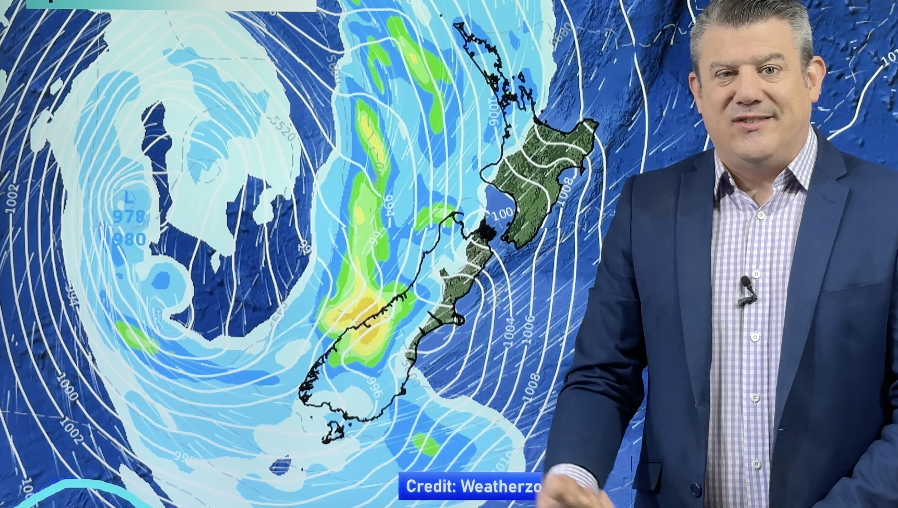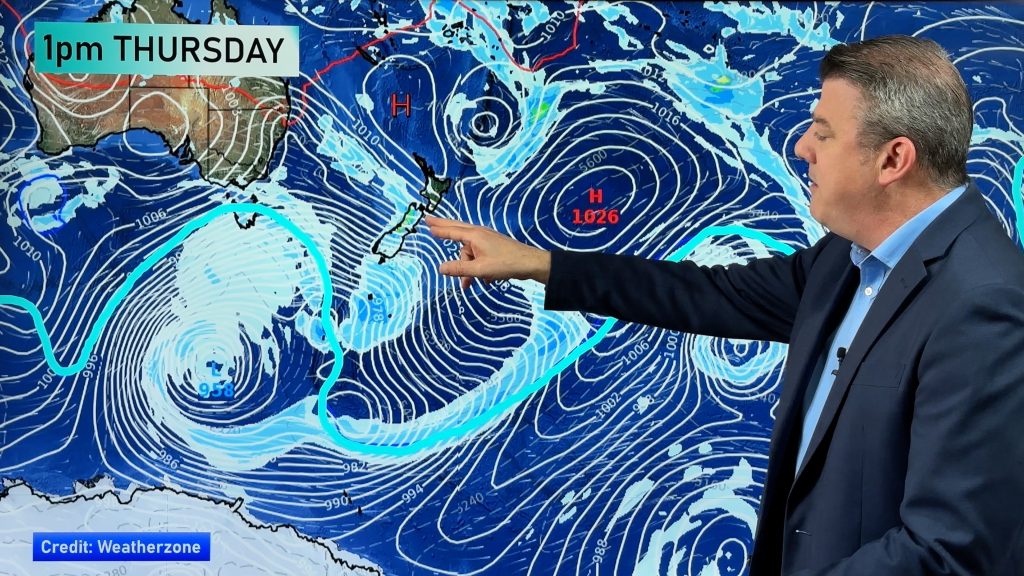
> From the WeatherWatch archives

Are some regions about to be in yet another drought? Weather analyst Philip Duncan takes a look at rainfall figures across eastern parts of New Zealand and talks to concerned farmers in this exclusive blog written for the NZ Herald. Click here for Philip’s other Herald blogs.
Farmers across eastern New Zealand are preparing for the worst as they stare down the barrel of potentially another drought.
I spoke with farmer Steve Wyn-Harris, from Farmers Weekly and he told me that around his Hawkes Bay farm some are having the driest spring since 1914. “You have to go back to the 1940s to see similar figures but it’s so far the driest since 1914”. Mr Wyn-Harris says he’s hopeful of some late rain before spring officially ends on Sunday but as I told him I don’t think there’s much in the way of rain for Hawkes Bay in the next few days despite a small low and front developing nearby.
Back in early September I wrote about my prediction for spring and with no La Nina or El Nino I expected winds from the prevailing westerly quarter to be dominant. That is precisely what’s happened and the past few weeks have been devastating for eastern areas as far as soil moisture is concerned.
Temperatures have been well above average with most inland parts of Canterbury and Hawkes Bay (the two regions which appear to be driest) making it into the 20s and 30s most days. The worrying news for farmers is that the hottest weather is still 3 months away.
“I’m not calling it a drought yet but people are nervous” says Mr Wyn-Harris. “We’ve already run out of rain water [on our farm]”. He says so far this spring he’s only had a total of 66mm. But he did point out that it is patchy and not widespread. Some farms nearby have had higher rainfall figures and while Wairarapa could do with rain they don’t appear to be as dry as Hawkes Bay.
In the South Island I spoke to another farmer, Jeremy Rookes from Waipara in North Canterbury. “The last couple of weeks have been pretty devastating heat wise. Soil moisture was good until mid-October”.
Mr Rookes says although they are bang on with their average rainfall figures it’s not entirely a precise way of measuring things. “We had 3 extreme rain events this year which is unusual”. Those rain events boosted up the annual rainfall totals. “We’ve had 3 years of summer droughts, now it’s ‘oh no, not another one'”.
He says the local farming community is getting into the right mind set and preparing for another drought putting in sensible management steps. He says they’re used to it being dry but had hoped for more rain by now – and hopes that rain will arrive in December and that they’ll have a wet, warm, summer.
My colleague, Richard Green, who’s based in Canterbury and really knows his weather facts and figures, said to me back in September that the unusually high temperatures so early in Spring had, in the past, meant an extra hot summer for places like Canterbury and Otago. So far, Richard’s predictions are coming true.
But as I’ve said to farming friends of mine in the Waikato recently don’t write off Summer just yet. We’re not in El Nino, we’re not in La Nina – those dry, hot, prevailing westerlies do, in fact, ease up a lot in Summer and that could open the way for some good rain makers.
The sea off the Queensland coast is warmer than usual so sub-tropical rain events are possible (a bit like what we saw on Monday this week). If a low developed north of New Zealand and slid down the east coast it could feed in days of rain for Hawkes Bay and Canterbury – without any strong El Nino or “spring like” westerlies blasting it out into the Pacific.
Philip Duncan
Pictured above: Manager, Sam Jamieson and his dogs walk behind the mob as they head down a steep track during cattle mustering on Dome Hills Station, near Oamaru. Photo / Sarah Ivey.
Comments
Before you add a new comment, take note this story was published on 26 Nov 2008.





Add new comment
Zelda on 26/11/2008 10:10pm
Sarah Ivey’s image illustrates the drought and feed shortages beautifully!
Reply